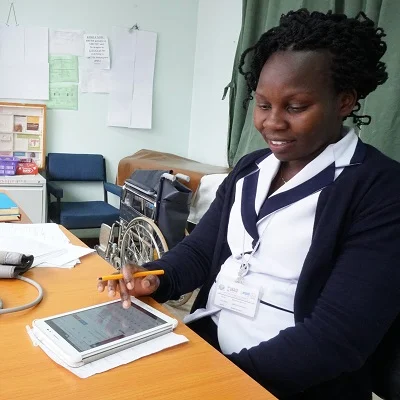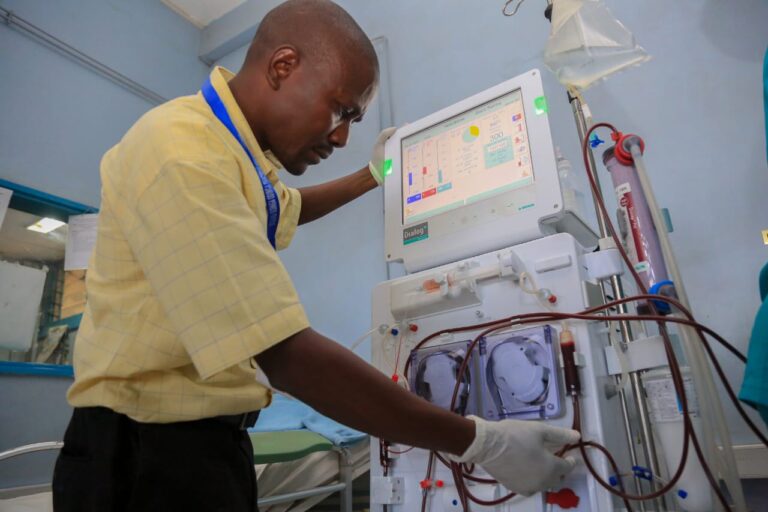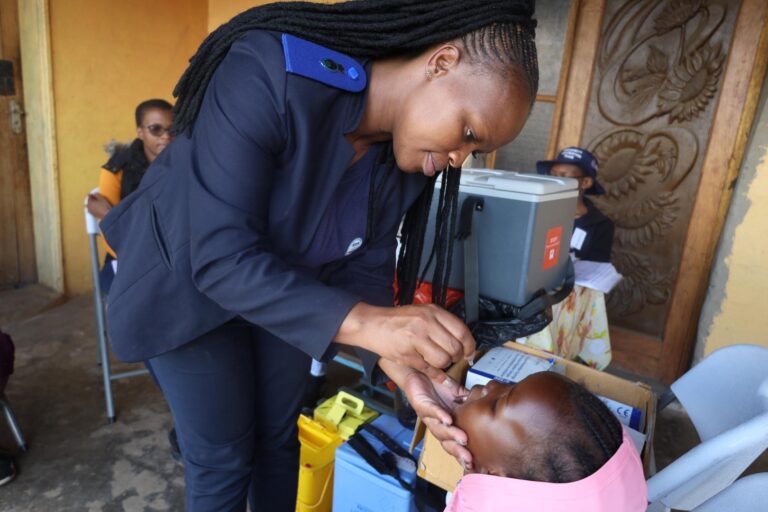Patient Data Privacy 101: What Does Your Hospital Know? What Can You Control? (Part 1)
The Basics (What, Why, and Who)
Think of your patient data as your complete health story. How does this look on digital systems? It’s a mix of different facts. Kenyan law treats some facts with extra care.
The Data Protection Act (DPA), 2019, separates your facts into two main groups:
- Personal Data: This is information that names you but isn’t about your health.
- Examples: Your name, phone number, address, ID number, and insurance details. This data is important, but it’s not the most private.
- Sensitive Personal Data: The group where your health facts belong. The law calls this out because it’s so private. This extra protection prevents potential harm if the data falls into the wrong hands.
- Examples: Your diagnosis, medicine history, and lab results. This also includes details of a surgery, your HIV status, or genetic facts.

Why the Extra Care?
The law groups your health facts as sensitive personal data. This data requires extra caution. Why? Health data has serious potential for discrimination or stigma.
Knowing your diagnosis could deny you jobs or cause social harm. You could lose your job or get your insurance denied. The DPA ensures your personal health facts get the highest level of protection.
Why Do Hospitals Collect Your Data?
When you visit a health facility, the staff enters your facts into a digital system. This system keeps your patient file secure. It is an HMIS* or an EHR**. It isn’t only about record-keeping. It’s about making healthcare better and safer for you.
*HMIS – Hospital Management Information System
**EHR – Electronic Health Records
What are the Primary Benefits of Your Digital Record?
1. Faster, Safer Emergency Care
In an emergency, doctors can get your key facts fast. This includes your allergies, blood type, and existing conditions. This speed can save your life!
2. Accurate and Complete History
Your doctor gets a full picture of your health. The facts are more exact than what you can recall. This means they can make better care choices. It lowers the risk of harmful drug mix-ups.
3. Fewer Repeat Tests
If your recent facts are in your digital file, your new doctor won’t order them again. This cuts your cost burden. There is no need to repeat slow lab tests or X-rays.
4. Better National Health Planning
The hospital removes names from patient facts to help in public health research. Governments rely on such facts for better public health planning. They can predict where sickness is rising. And work out where exactly there is a greater demand vaccines.

Who Controls and Protects Your Data?
As you receive care, you talk to a doctor, a nurse or anyone else providing care. Behind the scenes, two key roles guard your digital file:
The Data Controller (The Hospital/Clinic)
- Who are they? This is the health facility that gets your facts. This includes hospitals, clinics, and dispensaries. They also decide why and how they use that data for your care.
- What is their legal duty? They own the reason for using the data. They make sure data that their reason for collecting and using your data upholds the law.
The Data Processor (The HMIS Provider)
- Who are they? This is the company, like Hanmak Technologies, that provides the secure digital system (HMIS/EHR). We store, manage, and process your data for the hospital.
- What is their duty? We handle the technical side of data safety. How? We use robust security to keep your data safe. Some of these safeguards are encryption, firewalls, and restricted access. We also follow the Data Controller’s orders and the DPA’s rules.
Shared Legal Duty
The hospital and the HMIS provider share legal duties. Under the DPA, both must protect your facts. The law asks us to work together to guard your private health data.

What Are Your Rights as a Patient?
Your personal facts belong only to you. The DPA gives you, the patient, clear rights. It lets you have control over your health facts. The law calls the patient a “data subject.”
The two most key rights for you as a patient are:
1. The Right to Access: Getting Your Records
What It Means
You have the right to get a copy of your health records. This is true for paper files or digital files. You can see what the hospital has written about your health.
The Rule
Start with a written request to the health facility (the Data Controller). This note should go to their records person or data protection officer.
The Time Limit
The hospital must reply to your request fast. Under the DPA, this must happen in one month. Complex cases might demand an extension before they can provide the data. But they must tell you about the delay. They may charge a small fee to cover the cost of the copy.
2. The Right to Rectification: Fixing Your File
What It Means
You have the right to fix any wrong facts in your health record. This includes a wrong name or a wrong date of birth. You can also fix a wrong insurance number or a recorded allergy. This right ensures your care suits your needs.
The Process
You must send a written note to the health place about the wrong fact. They must then fix the facts in your digital file. If they need to, they must also tell anyone who got the wrong facts.

What About Consent? When Can the Hospital Use My Facts?
The main rule for using your health facts is consent. Still, the law knows that care can’t always wait for a signed form.
The ODPC’s rules help us know when the hospital can use your facts.
When Is Clear Consent Needed?
The hospital must get your consent to use your facts outside of your care. The consent must be clear and open.
Examples include health studies or ads for a health plan. This means you must agree in a clear and active way.
When Is Consent Not Always Needed?
You don’t need to give consent in 2 legal cases: vital interest and public health.
Vital Interest
This rule covers emergencies. If you can’t give consent, the hospital can use your facts for life-saving care. The law defines this action as your “vital interest.”
Medical Care and Public Health
We can use your facts for your direct care. This includes your diagnosis, treatment, and follow-up. Hospitals can also use these data for public health reasons. An example is tracking disease outbreaks. In these cases, your personal details are often removed, making the data anonymous.
The law guarantees that your privacy is paramount. Still, privacy will never block you from getting immediate, necessary healthcare.







